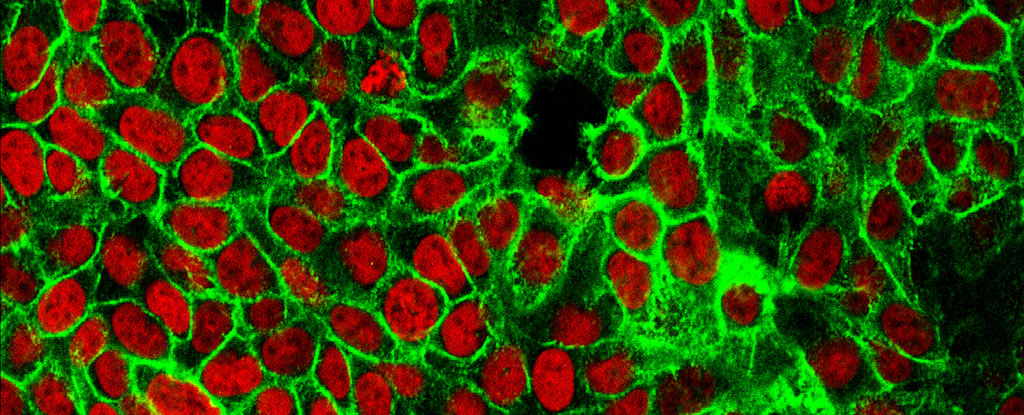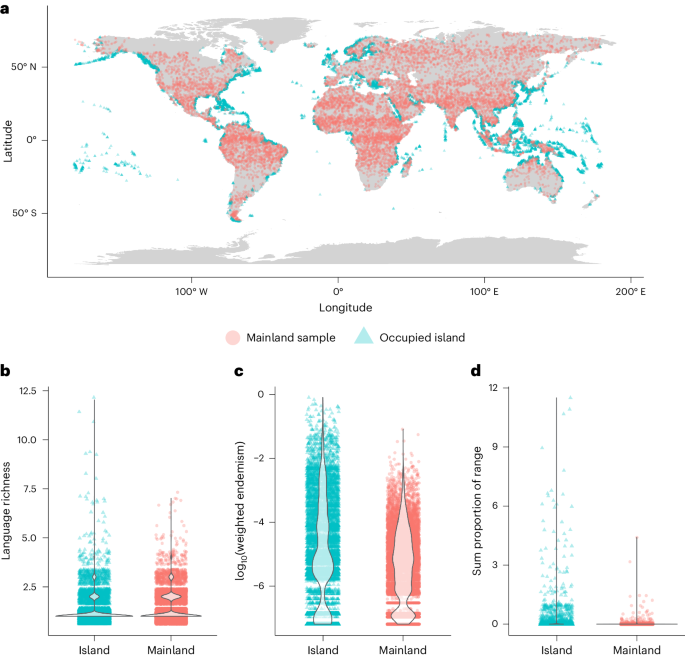
Researchers Discover Cancer's 'Fingerprints' Using Geological Technique
A new study reveals there may be a way to identify 'fingerprints' of cancer at an atomic level, using a technique more commonly employed in geology than in medicine.
This discovery could offer novel ways to investigate the growth of cancers in general and might offer new options for early detection.
"This study adds a whole new layer to medicine, giving us the chance to look at cancer at the atomic level," says lead author Ashley Maloney, a biogeochemist at the University of Colorado Boulder.
To do that, Maloney and her colleagues from the US and Switzerland capitalized on natural variations in the distribution of hydrogen isotopes – different versions of the same element, whose atoms have the same proton total but differing numbers of neutrons.
Deuterium is the heavier of hydrogen's two stable isotopes, distinguished from conventional hydrogen by its extra neutron. It's less abundant on Earth, where hydrogen atoms outnumber deuterium by roughly 6,000 to one.





















